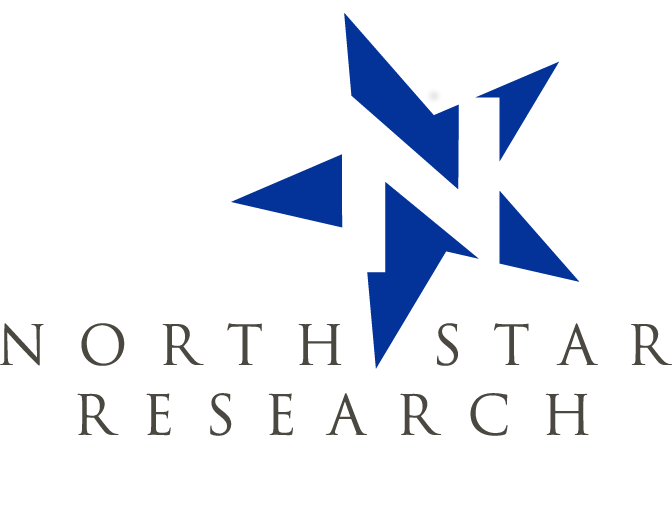Expertise
With more than 20 years of research experience, North Star Research has partnered with clients
across a broad range of industries with a wide variety of business issues.
Using various methods, we handle both simple and complex studies.
Industries Served
Consumer Packaged Goods
Financial Services
Fleet Management
Hospital/Health Care Products
Hi-Tech
Material Handling
Manufacturing
Non-For-Profit
Pharmaceuticals
Professional Services
Restaurants/Food Industry
Telecommunications
Travel
Types of Studies
Strategy Assessments
Acquisition Analysis
Awareness, Attitudes & Usage
Benchmarking
Competitive Positioning
Concept Testing
Customer Satisfaction
Channel Evaluation
Pricing
Product/Service Evaluation
Product Optimization
Segmentation
Yield-Loss
Clients and Partners
Our clients comprise a mix of ad agencies, companies, brands, and other leading research firms.


